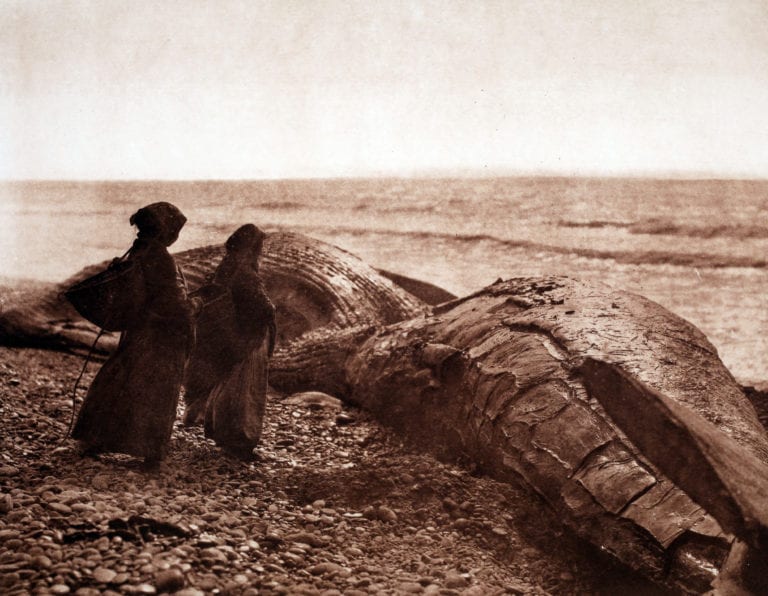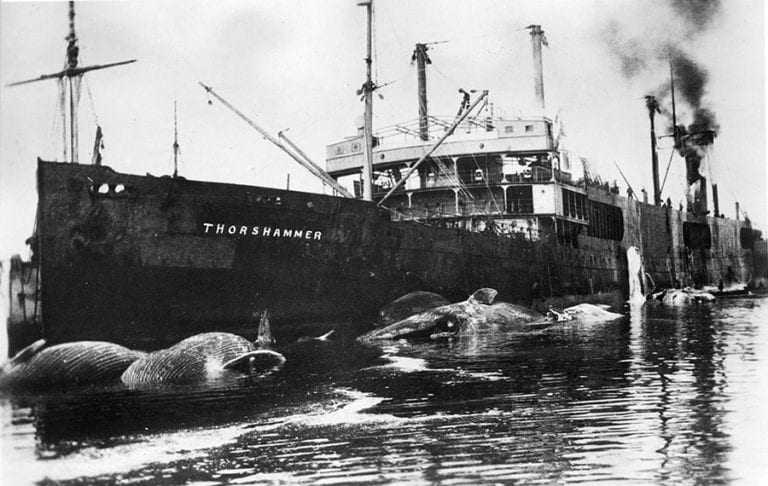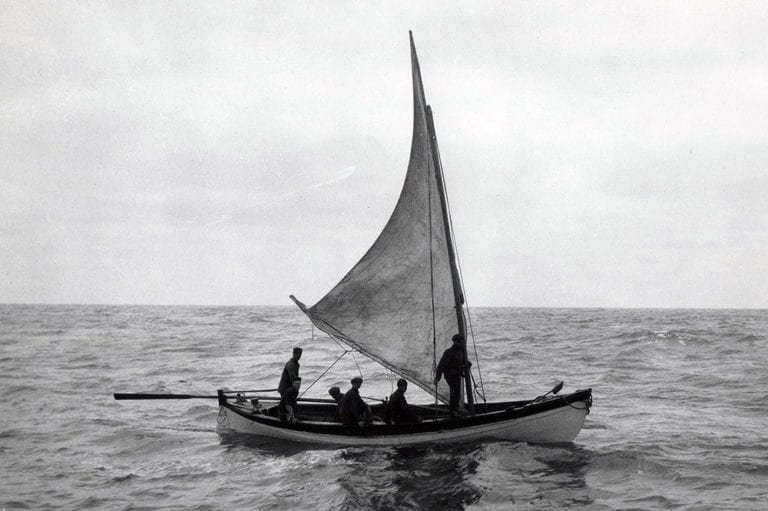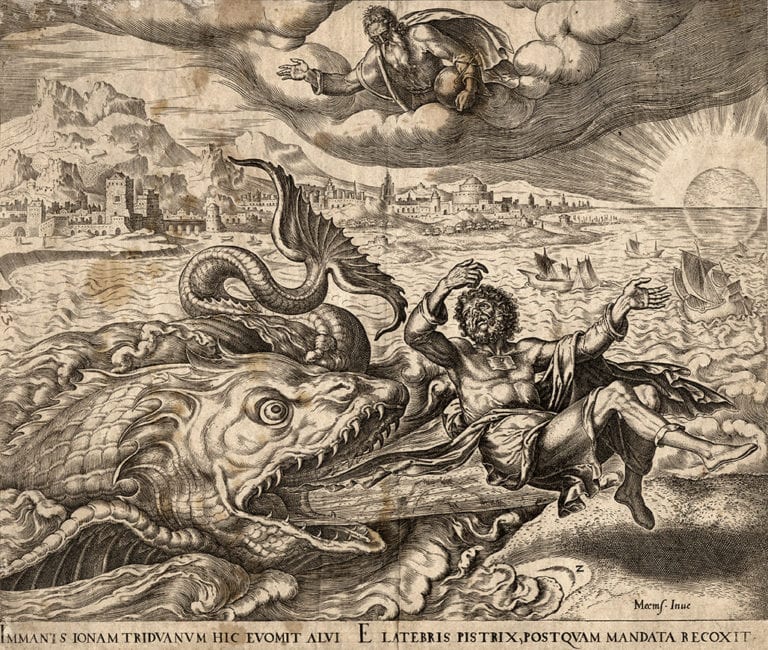Cultures of Whaling
Subsistence Whaling Cultures
Geography, environment and habitat have all contributed to the growth of cultures that hunt whales for food, bones and oil for survival in regions where agriculture is difficult or impossible.
Whaling is an ancient subsistence strategy still practiced in places like Arctic, the Siberian tundras, the mountainous Northwestern Coast of North America, Bequia in the West Indies, the Faroe Islands and Lamalera in the Philippines Hunting traditions in these regions provide food to the community and help groups maintain their identities through traditional subsistence patterns.
In subsistence whaling cultures ceremonial rituals are observed that ensure the communal relationship with the hunted animals. Subsistence whaling cultures have strong spiritual ties to whales and whales figure prominently in their creation stories and their folklore.

A History of Commercial Whaling
The Basques from the shores of the Bay of Biscay on the border of Spain and France were among the earliest documented commercial whalers. By the end of the first millennium they were regularly hunting migrating right whales (Eubalaena glacialis) and processing them on shore.
Whalers were brought to new waters as Dutch and English developed whaling cultures in the 17th century and subsequent European colonial expansion brought whalers to new areas to hunt sperm whales in addition to right whales. Entrepreneurs in New England concentrated on sperm whaling as a means to great wealth. By the early 19th century New Bedford succeeded in whaling so well that its fleet was the largest of any in the world gaining the port the slogan “The City that Lit the World.”
As whaling truly became global throughout the 19th century, the technology also improved. Steam power was adopted by Scottish whaling fleets by the 1860s to maneuver through the dangerous Arctic ice. The Norwegians had already begun using small, light, steam-powered boats carrying bow-mounted harpoon cannons to hunt fin whales in the North Atlantic. As the American fishery declined the Norwegian fishery grew. By the 20th century, modern factory whaling was largely conducted by Norwegians and Norwegian technology permeated the industry. Modern shore whaling took place in many places around the world and many different people were involved including Australians, South Africans, and Japanese.
Raw materials obtained from whaling went into a wide variety of other commercial products in the 20th century. These included lubricants, cosmetics, pencils, bottle caps, typewriter ribbons and carbon paper, anti-corrosion agents, automotive hydraulics and textile production. The whale’s organs, particularly the liver and glands were analyzed for vitamin and hormone supplements and the short, stiff baleen fringes from fin whales were specially prized for bristle brushes.

The Yankee Whaleboat
The Yankee whaleboat represents the ultimate evolution of its type in the American whale fishery. Double-ended whaleboats seating six men had been in use since the time of the Basques in the 12th century.
Dutch and English whalers adopted similar forms in their Arctic fisheries of the 17th and 18th centuries but the American form of the 18th century, made from native cedar and white oak, was a lighter craft. It came to be used at sea in the sperm whale fishery in cooperation with a larger vessel and soon evolved into one of the “most perfect water craft that has ever floated.” It could be rowed, sailed, or paddled.
American whale ships commonly carried between three and five whaleboats. Most carried four although smaller schooners carried three. Many thousands of these boats were built by a large number of builders in New England and San Francisco seaports. In New Bedford alone there were eight whaleboat builders in 1870 however by 1914 there were only four.

Whale Mythology and Folklore
Folklore and mythology about whales can tell us a great deal about human interaction with whales across cultures.
These stories function to encapsulate cultural beliefs about the origins of people, nature and the universe and provide insight into the meaning of the universe and people’s place within it. For most of human history, these myths were passed down orally from generation to generation.
Many myths about whales are stories of creation, stories about God or the gods that give us a sense of our own place in the world and our relationship to other creatures. Whether they are envisioned as gentle brothers that give themselves to us for sustenance or monsters that are to be both feared and respected, these myths and folkloric tales shape the way people in cultures throughout the world view whales.
As outsiders, we can read these cultural myths as simple “stories,” but they contain fundamental moral truths about human interaction with whales for the people who pass these stories on to children and adults alike for centuries or even millennia.



